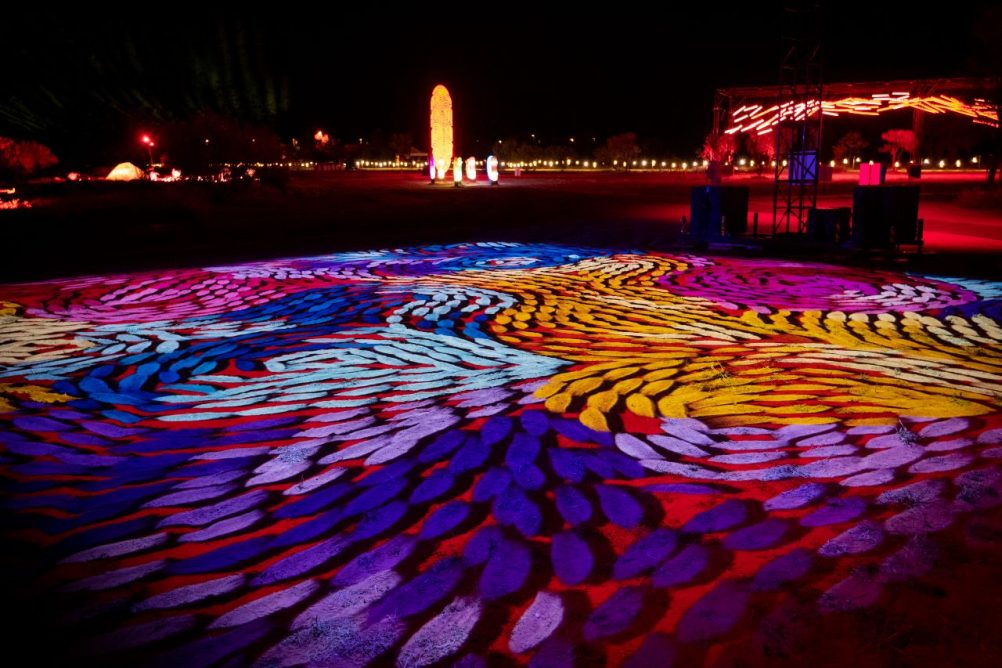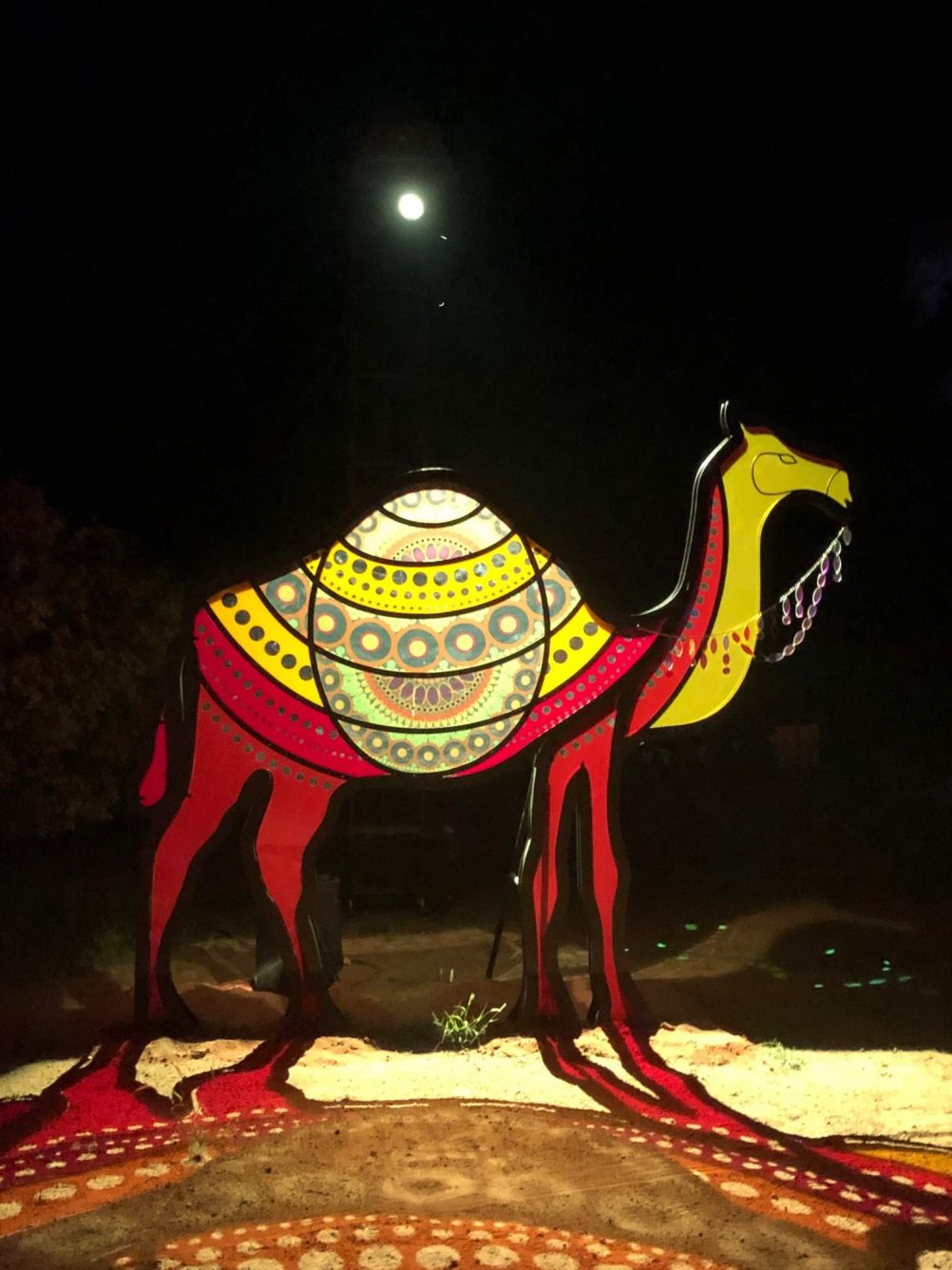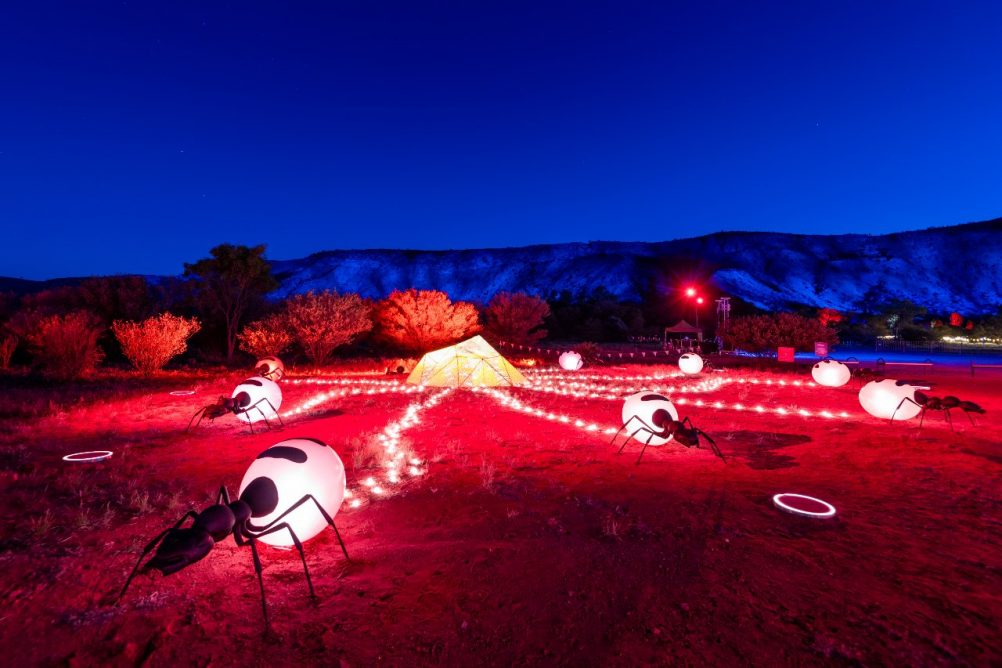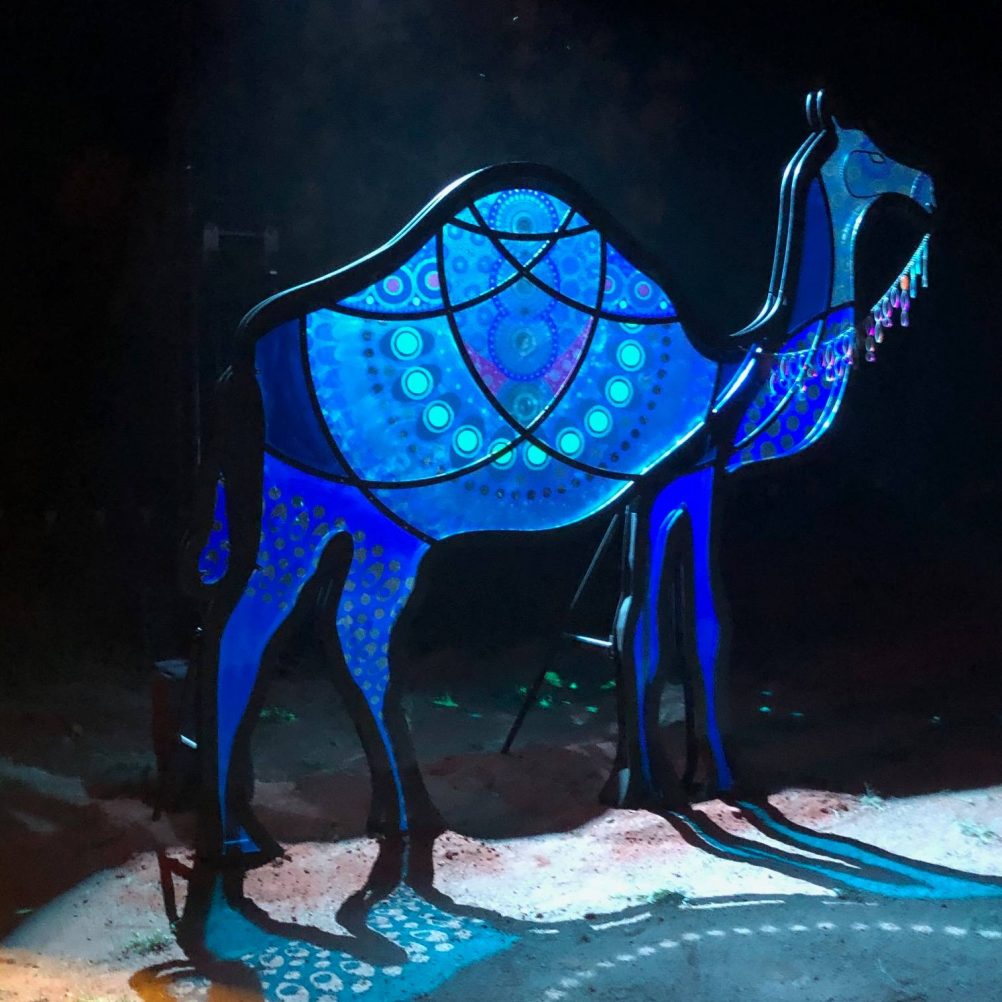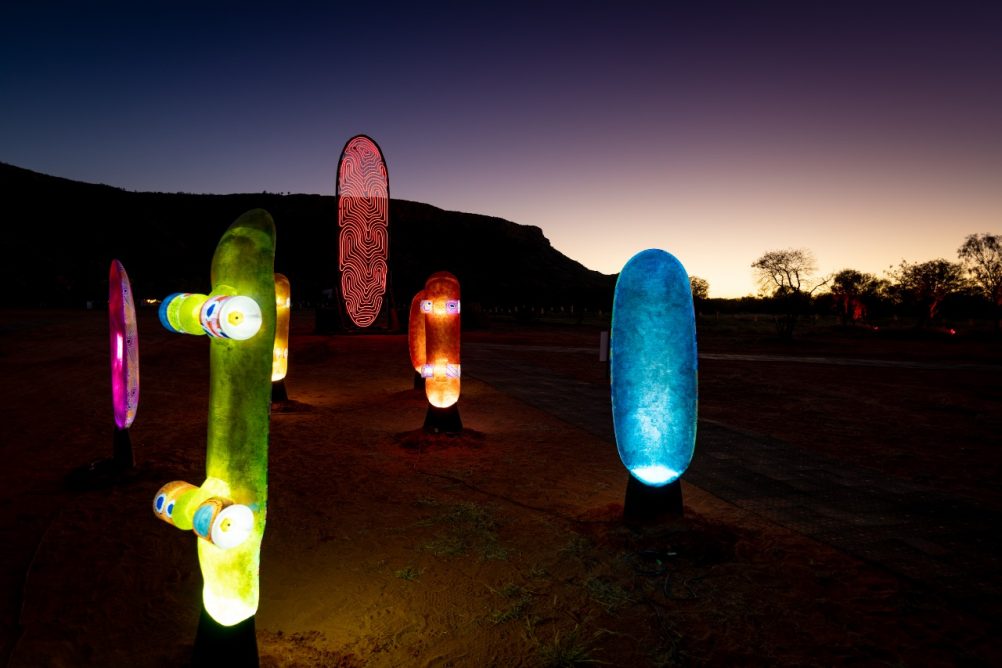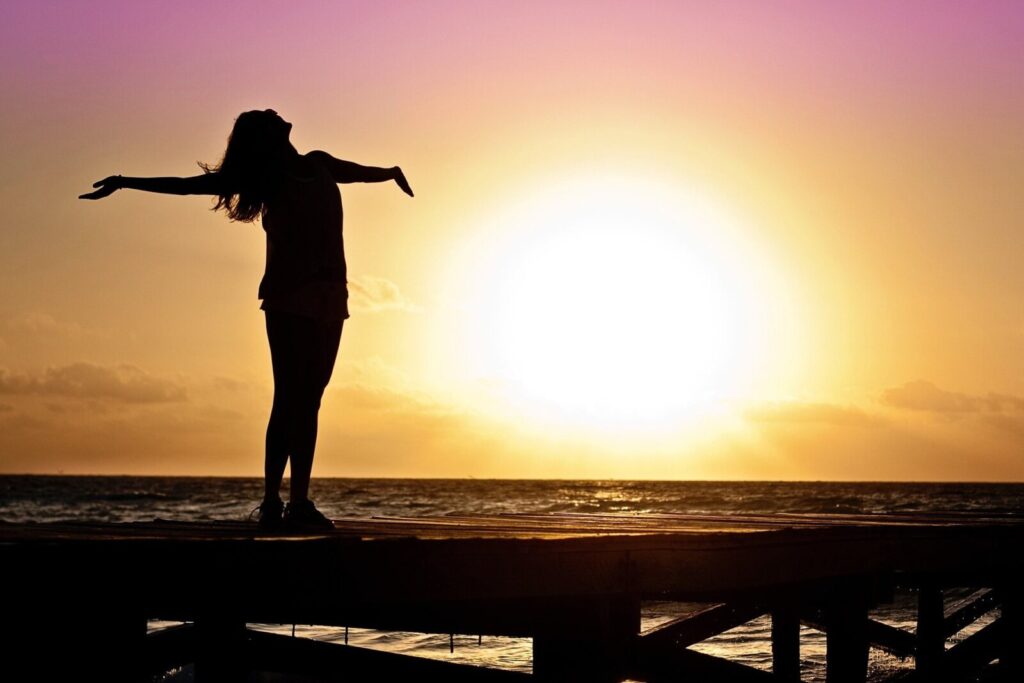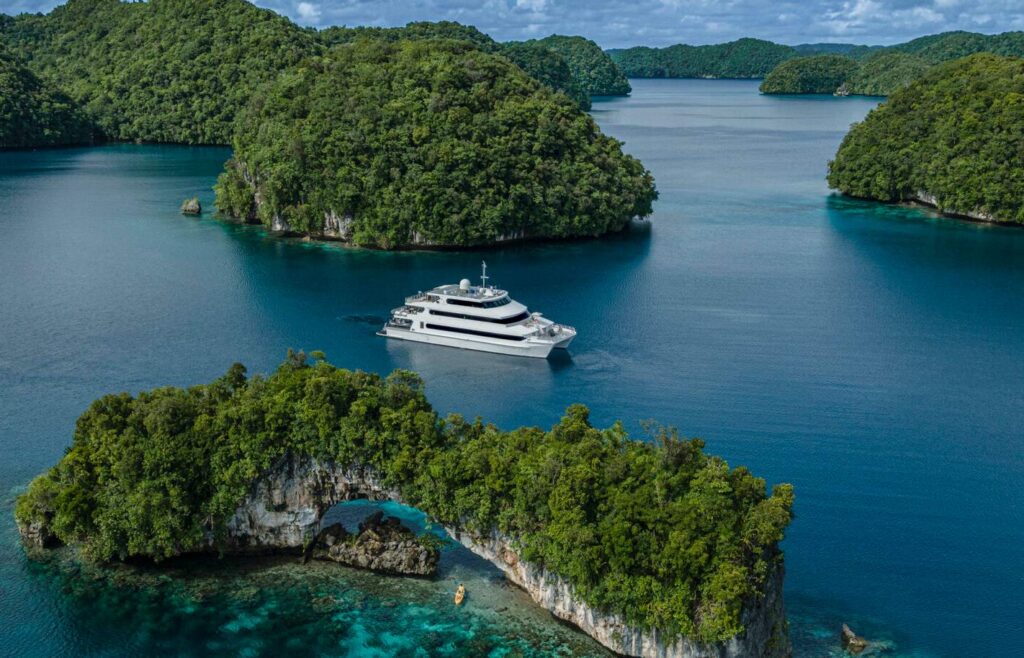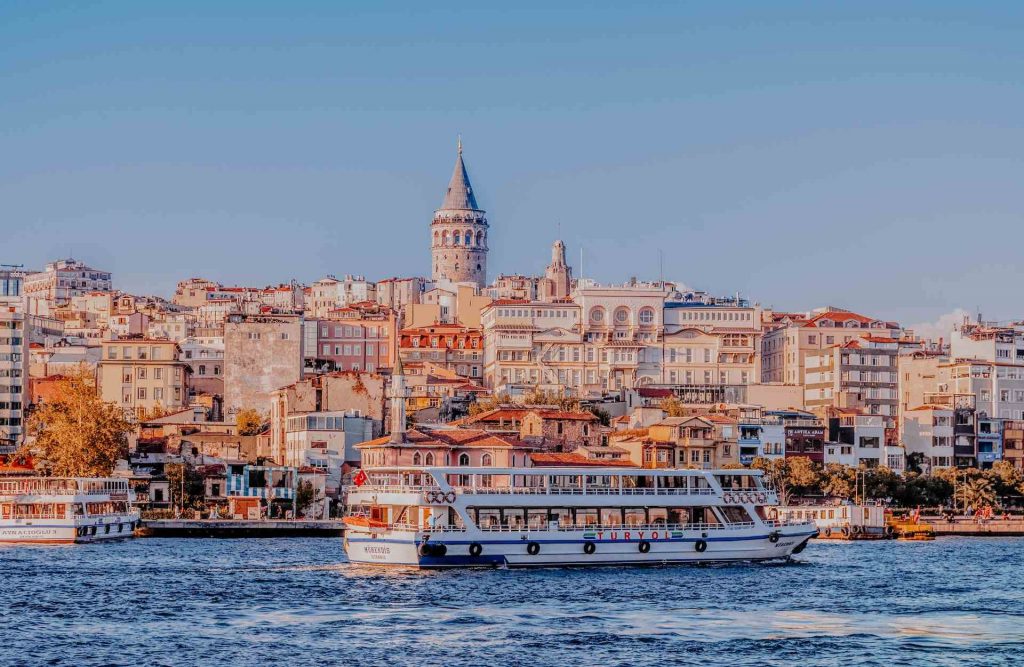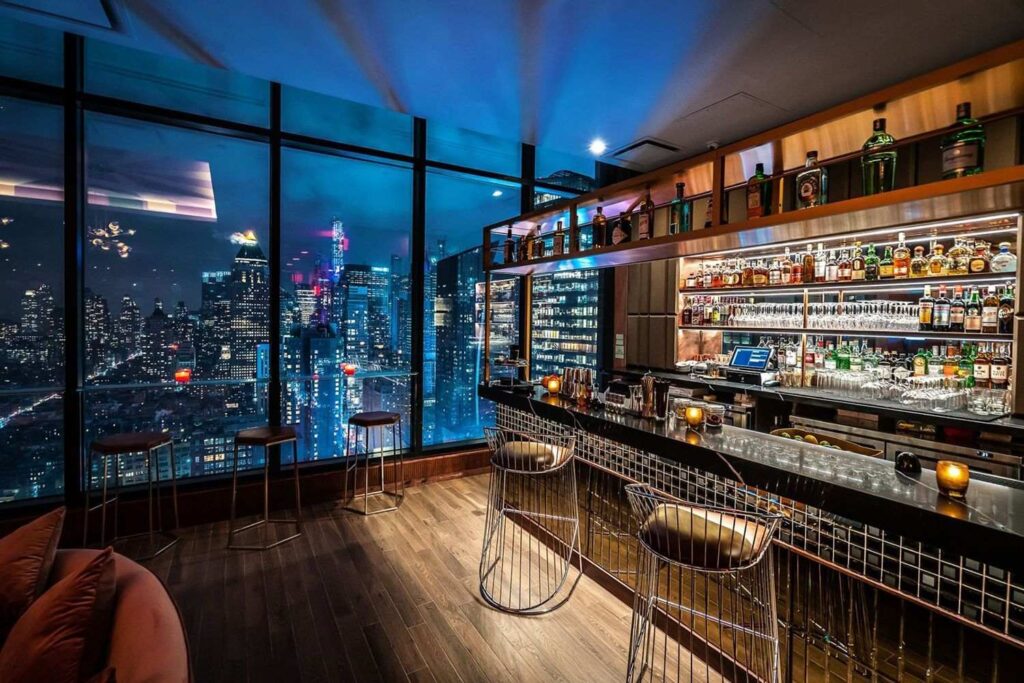The desert festival lighting up the night
Alice Springs’ Parrtjima Festival celebrates indigenous culture.
Words by Ute Junker
Photos supplied
On any other night, the moon rising over the Central Desert would be the most striking thing in the nocturnal landscape. Tonight, however, it is barely noticeable amid the illuminated sculptures lighting up the night. There are giant honey ants with glowing abdomens, and jewel-coloured camels standing tall against the terrain, their reflections staining the sand. Most magnificently of all, there is a dizzying light show projected onto the soaring backdrop provided by the MacDonnell ranges.
Parrtjima has come to town. The “festival in light” – “the only First Nations light festival around the world,” according to curator Rhoda Roberts – uses state-of-the-art projection equipment to tell the oldest stories on the planet. “We’re taking age-old insights and putting them into new technology,” Roberts says.
This year’s Parrtjima: A Festival In Light features seven major installations each one inspired by an artwork created by an indigenous artist, and each with its own soundtrack. The artists come from the Red Centre and from further afield. “You’ll see some very familiar desert artwork, but also some very unexpected things,” Rhoda says.
One of the most immediately eye-catching installations is the train of colourful, three-metre high camels decorated with artworks created by Chantelle Mulladad. The work was inspired by the historic interconnections between the local Arrernte people and the cameleers from Afghanistan, Pakistan, Egypt, Syria and Turkey, whose work on the Overland Telegraph line and the Adelaide to Darwin railway helped open up the Outback.
Mulladad, who lives in the remote community of Ltyentye Apurte (Santa Teresa), and who has cameleers among her ancestors, also created the artwork that has been wrapped around three carriages of The Ghan train that travels from Darwin to the Red Centre to celebrate Parrtjima.
Another installation, Revolving Kultcha, features two-metre high shields, coolamons and skateboards by Aubrey Tjangala, Rita Wilson, Raymond Walters Japanangka, Jungala Kriss and Margaret Kemarre Turner, contrasting the way the different media are used for art and for transferring stories between generations.
The festival, which runs until April 18, features a program of talks and performances which, like the rest of the festival, are free of charge. Roberts says that the festival offers a chance for non-indigenous people to engage with Aboriginal culture, and she is thrilled by the enthusiastic response. “We want you to know our knowledge, because then we’re certain that the land will be looked after.”
Parrtjima – A Festival in Light will return 8-17 April 2022
